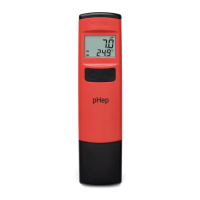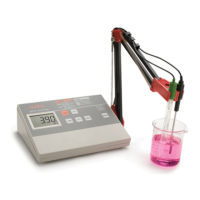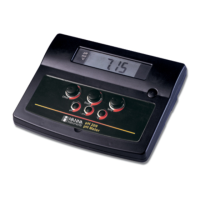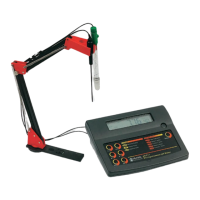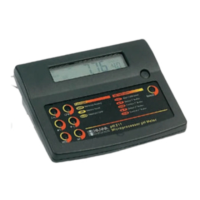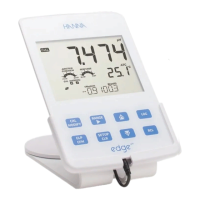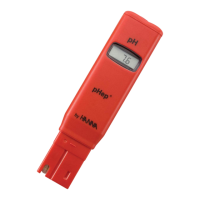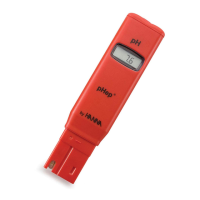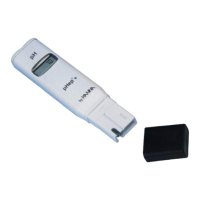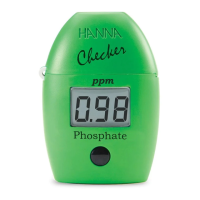The PCA310, PCA320, PCA330 and PCA340 analyzers incorporate several technologies to minimize
the maintenance.
Also, if the GSM module is connected, the warnings, alarms and errors are sent to the operator, making
the maintenance even simpler.
The analyzer status could be sent via SMS messages after a call from operator.
Calibration of the chlorine measuring circuits is not normally required. The DPD technique for measuring
chlorine concentration is well established and consistent. Also, by measuring the sample blank absor-
bency to establish the zero reference with each measurement, the accuracy of the analyzer is assured.
If, for any reason, the Chlorine measurements are inaccurate proceed with the calibration procedure.
A visual check of the hydraulic compartment can detect leaks, pump tubing fatigue or breakage. These
periodic checks help ensure reliable analyzer performance.
PCA310 - PCA340 analyzers warning the user when the reagents level reaches approximately 20%
with the “Low reagent” message.
Working at maximum capacity (3 minutes sampling rate), the analyzers can operate for 1.5 more days.
The alarm system is based on an internal counter that has to be reset every time the reagents are
replaced.
The counter keeps track of the number of measurements taken and informs the user when it reaches
the 16000th sample with the message “No reagent”.
The pH, ORP and Temperature measurements are done with standard techniques that assure reliability
and accuracy. However if a problem occurs on those measuring channels, an SMS is sent to the user.
Furthermore, if the relation between chlorine, pH and ORP is known for a certain application, one of
those readings could be used to check the others, for example check the chlorine and pH by reading
the ORP values.
ELECTRODE CONDITIONING AND MAINTENANCE
Preparation
Remove the probe protective cap.
DO NOT BE ALARMED IF ANY SALT DEPOSITS ARE PRESENT.
This is normal with probes and they will disappear when rinsed with water.
During transport tiny bubbles of air may have formed inside the glass bulb. The probe cannot function
properly under these conditions. These bubbles can be removed by “shaking down” the probe as you
would do with a glass thermometer.
MAINTENANCE
68
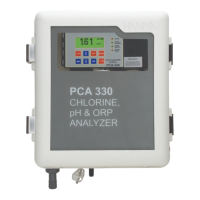
